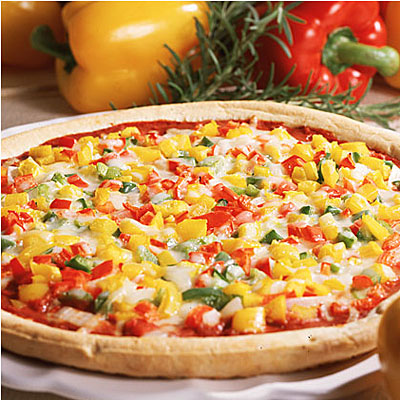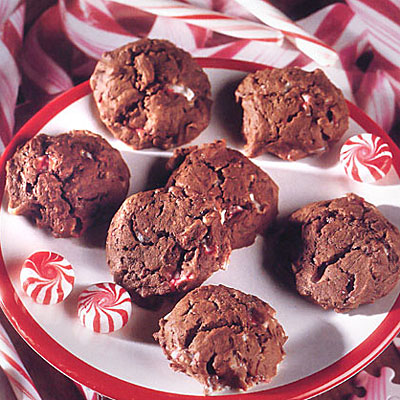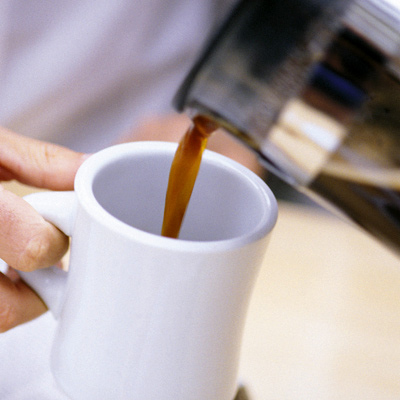
Cut down on caffeine

Kegel, kegel, kegel

Keep up your vitamin D

Try biofeedback
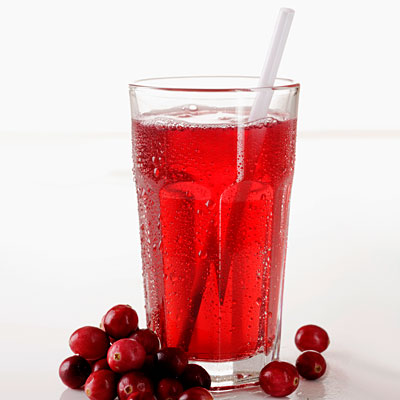
1. Take a few minutes to identify the habits you wish to change. Do you pack a wholesome lunch, only to be distracted by fast or junk food places around your work? Do you provide healthy lunches for your kids, but at the end of the day find them smashed in the bottom of their backpack? It is important to be realistic about yourself and your family's likes and dislikes. It is unlikely that anyone can switch from hamburgers and French fries to tofu and whole grains in one day. Prepare foods that support your health, vitality, and optimum weight. How fresh are your choices? Do good foods fit into your budget? Do you have a frig at work if you need it to keep foods fresh?

Replace these every slider sentences with your featured post descriptions.Go to Blogger edit html and find these sentences.Now replace these with your own descriptions.This theme is Bloggerized by Lasantha - Premiumbloggertemplates.com.

Corporate Average Fuel Economy is a dicey subject for carmakers of all sizes. New federal requirements set to take effect for the 2016 model year require a fleet average of 35.5 mpg. As the deadline nears, the question looms: Who is in good shape, and who is far from it? It’s not a simple answer as NHTSA, at the request of Congress, breaks down its vehicles into three major categories: domestically produced passenger cars, imported cars and light trucks.

The cherry blossoms are expected to follow the average year's schedule relatively closely this year. In both Tokyo and Kyoto they are forecast to open on March 29 and reach full bloom about a week later. Below are the forecast dates of cherry trees opening their blossoms this year (according to the Japan Weather Association) and the estimated best viewing periods (estimated by japan-guide.com). Rain, wind and temperatures can have a strong effect on the process of the season, for example, they can delay or shorten it considerably. Therefore, use the forecasts on your own risk.

 9:11 AM
9:11 AM
 About the World
About the World





 9:10 AM
9:10 AM
 About the World
About the World

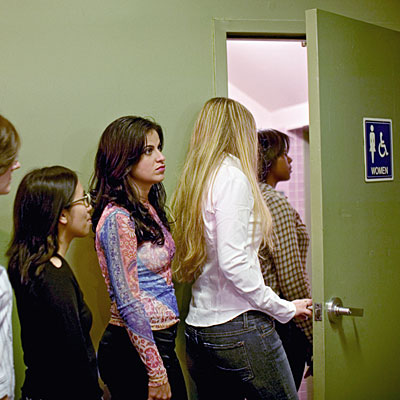


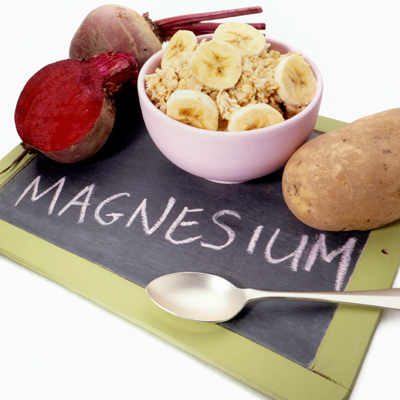
 11:09 AM
11:09 AM
 About the World
About the World
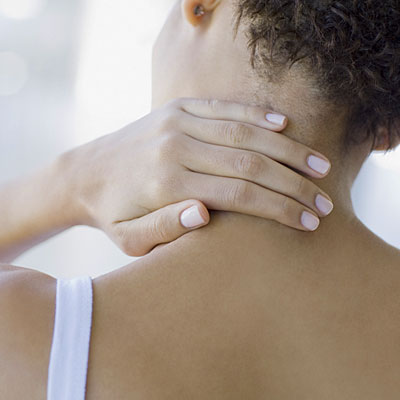

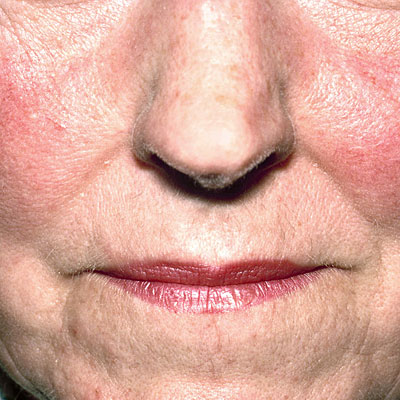
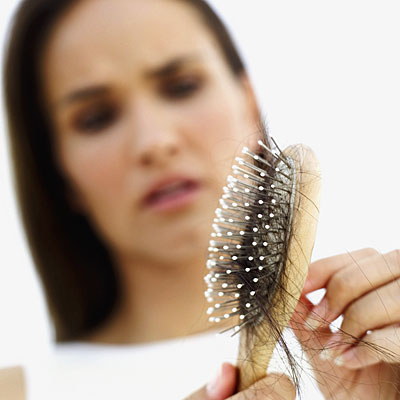
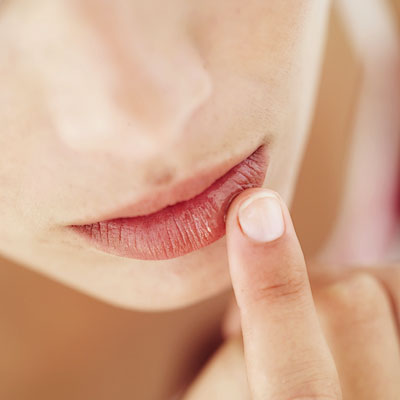
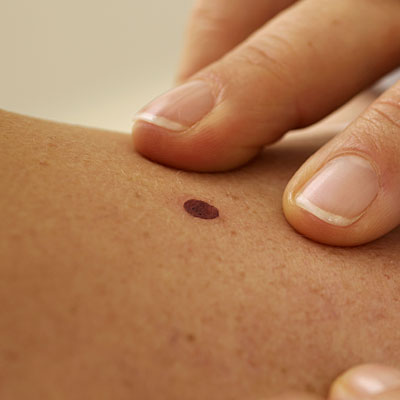
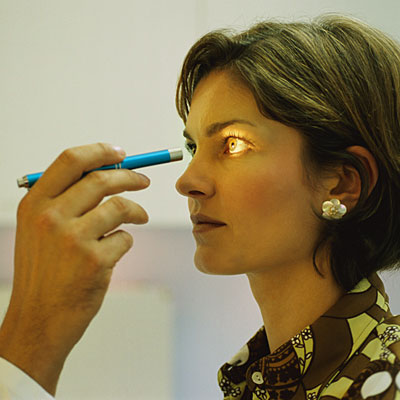
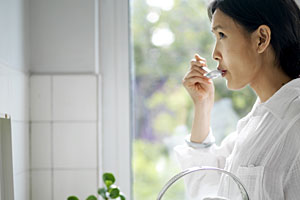
 11:06 AM
11:06 AM
 About the World
About the World


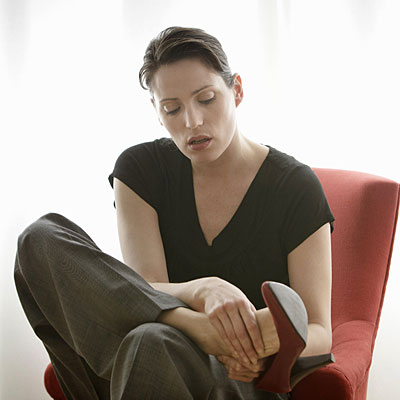
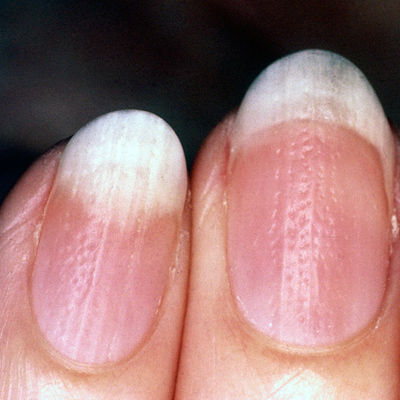
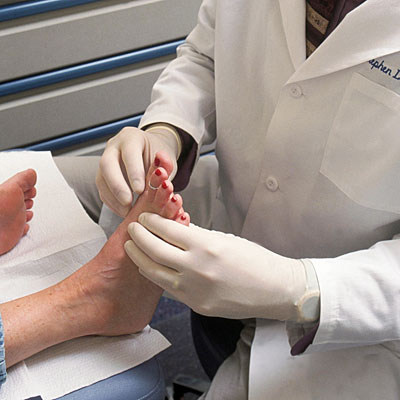
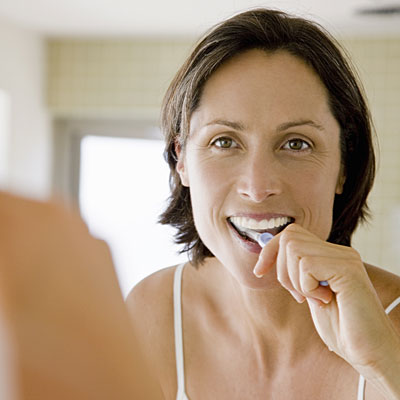
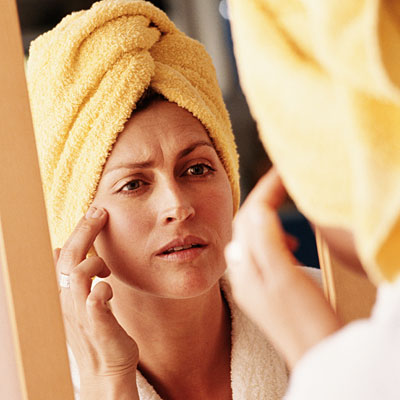
 4:19 PM
4:19 PM
 About the World
About the World
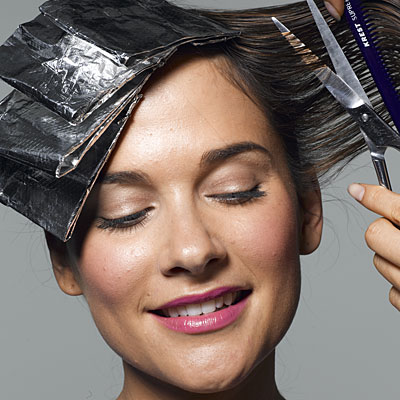

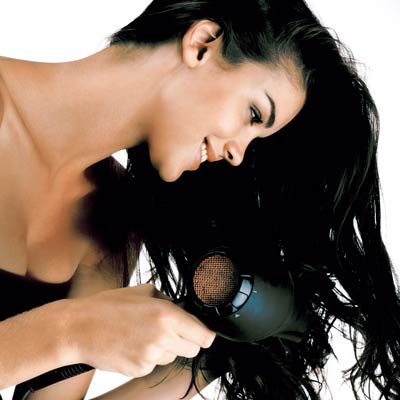
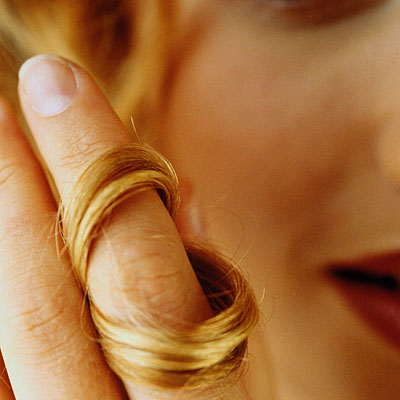

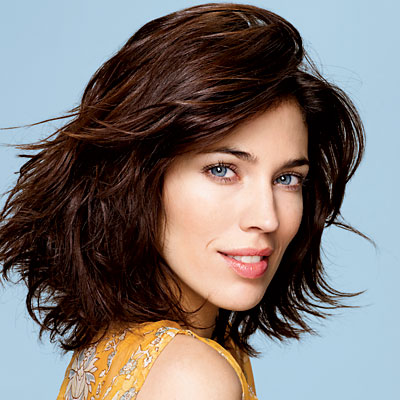
 4:18 PM
4:18 PM
 About the World
About the World


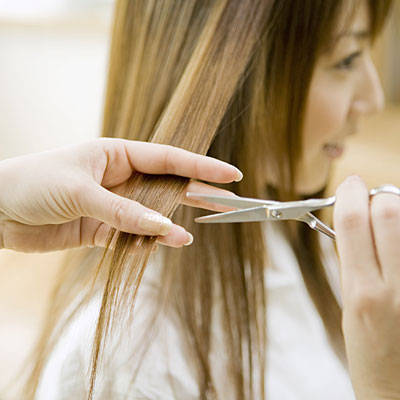
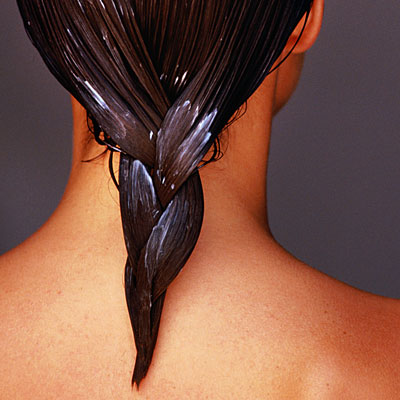
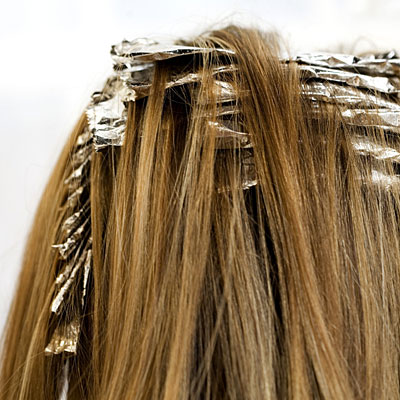
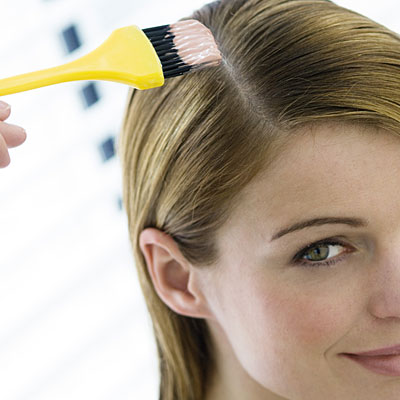
 7:40 AM
7:40 AM
 About the World
About the World
